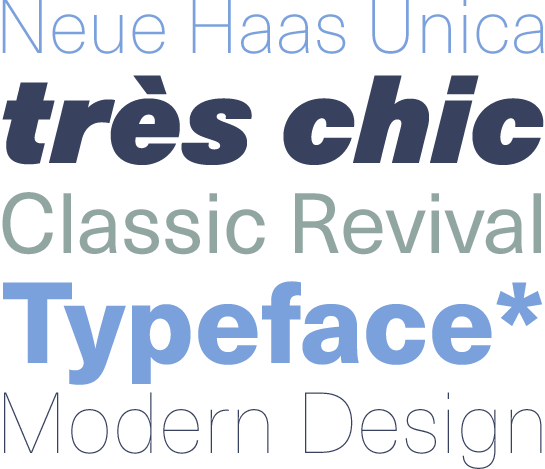

Most of the other text on the site is metadata: image captions, brief film reviews (if that comes to pass at all), dates, tags, and the like.

That makes a serif the obvious choice for extensive writing, like blog posts. I said in my last post that I would like the site to add “an air of quiet elegance” to my writing. I may start logging books I read here as well.Perhaps brief film reviews and other assorted items of personal interest.Sometimes long, essay-like mini-novellas.

Let’s recap what’s on the website now, and what could eventually be on the website: That’s why I wrote my post about what I’d like to do with this website first. Second, picking typefaces requires knowing a little bit about your long-term plans for the project. I say all that to say two things: first, selecting typefaces is hard because, no matter what we mock up, our impressions of the type might change once we see it in properly rendered text. Side by side, the words don’t make sense, but one can get a feel for how a typeface reads. Hoefler’s new pangrams feature long-running sentences. Here’s what I find interesting about Hoefler’s post: most pangrams are a single sentence long. Hoefler has gone on to open-source their own pagrams ( on Github), which I happen to really like, so I’ll use them throughout the rest of this post as examples. Each time, I’d be reminded that while pangrams delivered all kinds of jocks and japes and jutes and judges, even our prodigious list featured not a single word with a J in the middle. But invariably, I’d find myself staring down a lowercase J – and if I questioned the amount of space assigned to its left side, I’d set off in search of some confirmation in the proof.
#Differences between neue haas unica and helvetica full#
In years past, our proofs were full of pangrammatic foxes and lynxes and the rest, which made for some very merry reading. The super-smart folks at Hoefler, who have designed some of the finest typefaces available in the market, recently shared how basic pangrams (like “ the quick brown fox jumps over the lazy dog”) have failed them during the design process of their typefaces. You’re missing the forest for the trees, and you come away with the wrong impression entirely.įrank isn’t the only person writing about this. Paying attention to the shape of individual letters without paying attention to how the font works in the whole of the design work is sort of like picking a partner based on their eye colour and BMI. Basis’s oddities become less noticeable when typeset smaller, and the proportions of Avenir (it’s roundness, it’s size contrast between upper- and lowercase letters) go further in establishing the typeface’s fingerprint and impacting the text’s atmosphere. The typeface with traditional letter shapes (Avenir) reads more distinctively than the typeface with quirks in its design (Basis). My bet is that most people would identify Avenir as the more “flavorful” typeface in a paragraph context. It’s the opposite of what a reasonable person would expect. But then he shows them each in paragraphs. He concludes that a reasonable person would presume, based on the letterforms alone, that Avenir is less quirky than Basis Grotesque. At one point, Frank demonstrates the differences between Basis Grotesque and Avenir by examining the detail in their letterforms. It’s a great introduction to picking typefaces. If you have no idea what I’m talking about, Frank Chimero wrote a great primer as part of his redesign series. We have been lucky in the design community to have some great writing on this recently. You have to see it rendered in paragraphs. Letterforms can be deceiving context is necessary to understand how type looks. Sometimes, it’s just about the tone of the text. This makes typeface selection a fickle thing. They can determine whether your website feels editorial, authoritative, strong, modern, friendly, casual, or cold. The typefaces, or fonts, or whatever you want to call them - it doesn’t really matter - impact the “voice” people read your words in. Selecting a typeface has a larger long-term impact than almost any other design decision. To the annoyance of some of my clients, I am obsessive about this at the beginning of any project. They have the single largest impact on the overall vibe of a design. The atomic units at the heart of every block of text are the letter shapes - the forms they take.


 0 kommentar(er)
0 kommentar(er)
